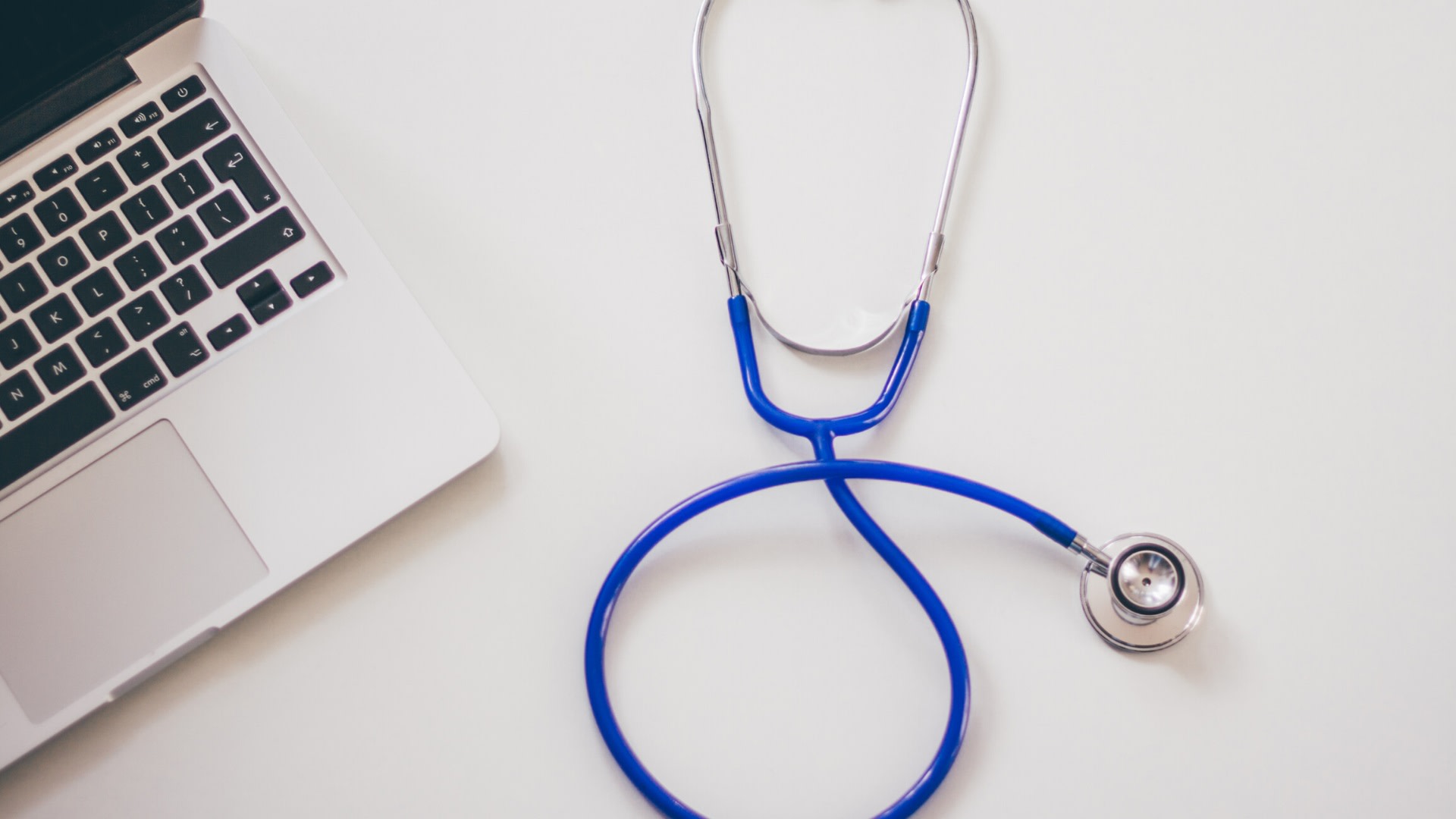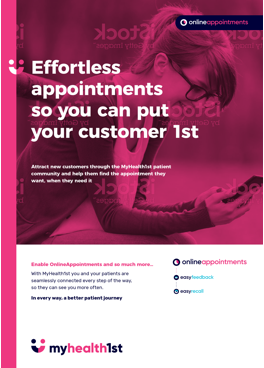
Bookings for medical service are down across the board. While the restrictions put on the types of services and appointments that some healthcare modalities can offer definitely plays a part in the decreased number of patients seeking regular healthcare, another factor is at play. Fear.
Even when there isn’t a global pandemic, a good number of people are reluctant to go see a healthcare professional due to fear, either of doctors themselves, fear of bad news, or the fact that waiting rooms are filled with sick people. Now with the pandemic, the fear of contracting the coronavirus plays a major factor in how people go about their daily routine, and on top of that, people are displaying yet another fear, but an altruistic one at that - the fear that they might be taking medical attention or resources away from someone who needs it more.
The worry over contracting COVID-19 is prompting people to avoid regular, not critical healthcare checks, like skin care checks, blood pressure, checkups and the like. While some regular healthcare services are currently unavailable to the majority of Australians, such as eye tests and dental checks, GPs and other modalities still offer the bulk of services.
At the beginning of April, 2020, a few months into the pandemic and a fortnight into the lockdown, Dr. Tony Bartone, head of the Australian Medical Association said that fear of COVID-19 should not prompt people to ignore their healthcare, saying, “If you are sick, see your doctor. If you need a vaccination, see your doctor. If you have a regular scheduled check-up, see your doctor. If you are uncertain, you should call ahead. If you cannot see your usual GP or general practice, there will be another doctor who can see you. Don’t put off visiting your doctor until it is too late”.
While this is important advice, the Australian public doesn’t appear to have taken much notice, with the number of people seeking non-critical healthcare continuing to drop as the lockdown progresses. It’s unlikely that this trend will change by itself, and even when lockdown is lifted, some of these fears will still affect the number of people seeking healthcare. So what can healthcare practices do to try and reverse this trend?
Communication is Key
Communicating to your patients that your practice is safe and that you are open for regular healthcare is probably the most important step you can take to mollifying patient fears. This communication can and should take multiple forms but whichever avenue you choose to adopt, the messaging should be both reassuring and informative.
- Social Media - Establishing and maintaining a social media presence, whether it’s on Twitter, Facebook or Instagram (or preferably all three) is an excellent way to cheaply disseminate information to your patients and create a rapport that can help to easy any fears of coming in for an appointment. Posts detailing your hygiene, disinfection and cleaning procedures can help to ensure people that the practice itself is safe. Frequent updates on working hours or restrictions that may be put in place or have recently been lifted can also help patients say on top of what services are available and when.
- Email Blasts - While not everyone who receives an unsolicited email from their doctor is likely to open or read it, an email blast to all your patients on file is an extremely efficient way to get the message out that it’s safe to come into the practice. Links to official guidelines (as leveled by your modality’s governing body) for hygiene and safety embedded in the email can lend authority to the message.
- Reminders (email and SMS) - Reminders for booked appointments or recalls sent to patients for annual checkups can contain a brief message to reinforce the idea that your practice is safe to visit. SMS reminders and recalls are an effective way to ensure that your message is read, but brevity is key.
- Home Page Content - As many people will do some preliminary research online before committing to a new healthcare provider, keeping your homepage updated with relevant information is a great way to have returning or new patients learn about the safety of your practice. You may not require a detailed summary of every measure taken to clean and sterilise your practice, but an overview of hygiene procedures puts the idea that your practice is safe to visit can go a long way to alleviating worries surrounding the virus.
Remote Contact and Telehealth

Another way to stay connected with patients who may be reticent to show up for a face-to-face appointment is to offer them the option of attending remotely via a telehealth solution . While not all types of appointment can be facilitated via telehealth - anything that requires specialised equipment or direct physical examination or intervention are obviously not possible over videoconferencing - but diagnosing common illnesses and infections, ePrescriptions, and advice on caring for small injuries is easily accomplished.
Much like communicating that it is safe to attend appointments, communicating to patients that telehealth services are available is vital. There are many avenues you can take to inform your patients of telehealth availability, including:
- Email Blasts - Sending a templated email to your patient list is a fast and efficient method of communicating that you are now offering telehealth appointments
- Recall and Reminder Notices - Reminder notices sent to patients for either an upcoming already booked appointment or for an annual checkup are an excellent avenue for communicating the availability of telehealth. MyHealth1st customers can take advantage of EasyRecall, a tool allowing for simple and effective recall and reminder notices.
- Google My Business - Your Google My Business profile is a free and powerful Google product that helps a patient geolocate your clinic and find contact information (phone, email) and basic information. Updating your Google My Business page with your current working hours and a mobile phone number for emergencies and the availability of telehealth can be a big help for patients that want to connect with your clinic.
- Social Media - Building or using a social media profile to communicate directly with patients can serve the dual purpose of relating the availability of telehealth as well as creating a connection with patients. Setting a little time aside each week to chat with patients via social media and answer questions about telehealth services and the practice in general can create links that can later be transformed into patients, either for face-to-face or telehealth appointments.
- Home Page Updates - Many people perform due diligence online, checking out a practice before booking, whether it’s looking at reviews or simply examining the home page of a practice. Featuring a banner on your homepage saying that you’re offering telehealth places the service front and centre of the first thing a potential patient is likely to see. Sign up for Telehealth and EasyRecall today.
MyHealth1st customers can also take advantage of our extensive marketing experience to help you spread the good news about your practice. If you’d like to talk to someone from our team about what MyHealth1st can do to help you drive patients back to your practice, you can call 1300 266 517 , email info@MyHealth1st.com.au or contact your account manager.
